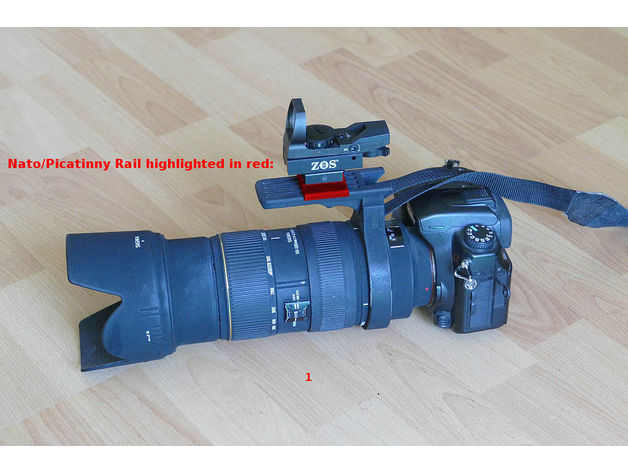For what it's worth, I agree with this. If the objective is to get what even the folks on ibwo.net call the "definitive photo", the most important tool for the job is going to be a serious lens (400mm at minimum, probably 500mm) paired with a weatherproof camera body with a fast frame rate, and in the hands of a user who has practiced shooting similar-sized birds until s/he can consistently get identifiable photos. One of the "believers" in the other thread likened searching for the ivory-bill to hunting, and I can agree with that - to nail it with a camera you need to have a good handle of the operating range of your gear and spend enough time shooting it so that aiming and firing it becomes second nature.








